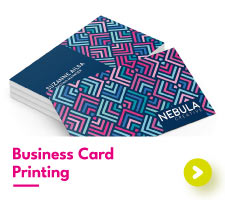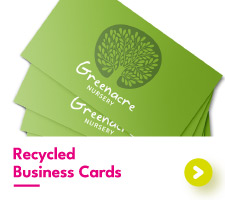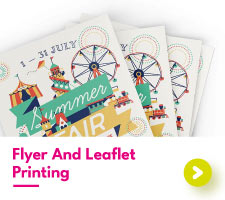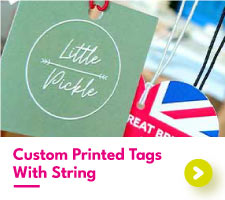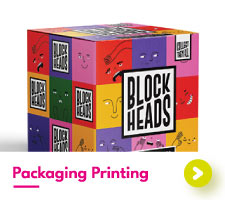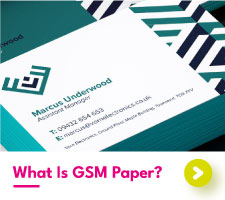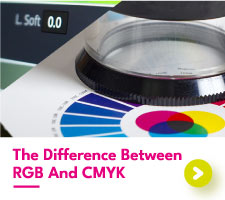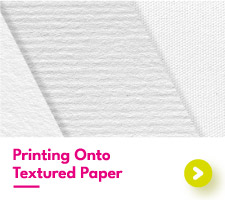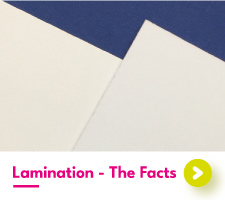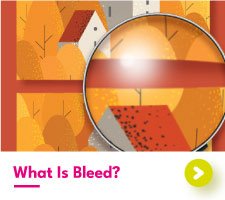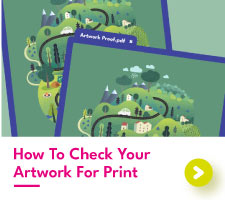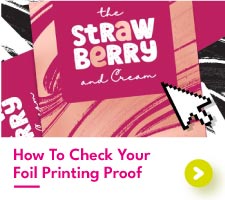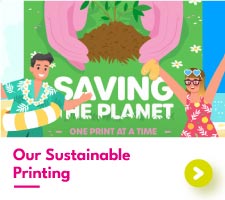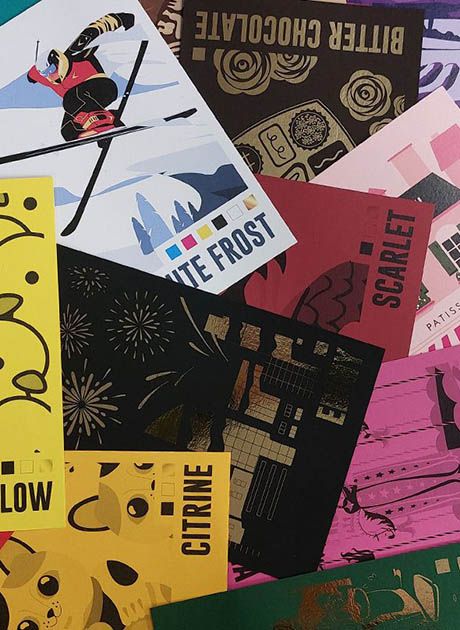Why is Paper White?
Have you ever stopped to wonder why paper is predominantly white? It’s a question that might seem trivial at first glance, but dive a little deeper, and you’ll discover a fascinating story about tradition, practicality, and the evolution of communication. From ancient scrolls to modern notebooks, the colour of our writing surface has been shaped by history, technology, and our ever-present desire for clarity. Join us as we explore the intriguing journey of paper—from its humble beginnings as brown wood pulp to the crisp, white pages we know today. You might just find that there’s more to this everyday object than meets the eye!
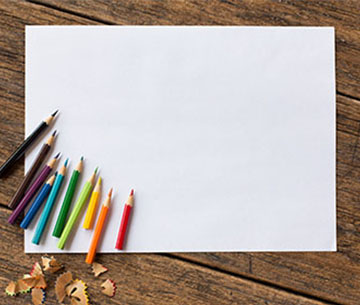

What Makes Paper Turn From Brown To White?
At its core, paper is just flattened wood pulp - so naturally, it starts off in various shades of brown.
To get that crisp, clean look we're used to, it undergoes a massive transformation. Manufacturers use a mix of chemicals to bleach and process the pulp, adjusting the final colour depending on what they want to achieve with the final product. But here's the question: why is it almost always white?
Well, let's put aside the nitty-gritty of the manufacturing process for a second. Historically, paper is typically white because of one simple reason: contrast. The darkest inks available were usually black, and black ink on white paper creates the sharpest, easiest-to-read text. It’s a classic case of "form follows function." Like most human inventions, this wasn’t just about aesthetics. It was about practicality. The easier it was to read the text, the more useful the product became—and whenever life gets a little easier, market demand tends to do the rest. Before long, the tradition of black ink on white paper became universal, though the concept of printing on coloured paper is slowly growing in popularity.
A brief history of ink
The story of ink is as rich as the texts it has produced. Historically, inks were crafted by blending binding agents—think shellac (yep, that’s bug resin), animal glue, or gum arabic—with dark solids. These dark solids could be dyes or pigments, often derived from materials like iron or lampblack (a fancy term for soot). Why soot, you ask? Well, it’s high in carbon, which means it creates a dark, lasting mark when sealed with a binding agent. Plus, being a cheap waste material, it was just sitting around waiting to be put to good use!
Unintentional Artifacts of Age
If you’ve ever marveled at the murky hues of historic texts, here’s a fun fact: those muddy colors were once as black as night!
Over the years, the organic and metallic ingredients in early inks—like iron gall, which followed lampblack—often faded or discolored. Sometimes, the acids in these inks even left their mark on the paper itself, creating that vintage look we see today.
A brief history of paper
The journey of paper began in ancient Egypt with papyrus, crafted from plant stems, and was soon accompanied by parchment made from animal skins. This foundational idea took a transformative leap in China, where a watery mash of bark and rags birthed a new type of paper. As techniques refined over the years, the art of paper-making spread westward to Italy and beyond. Then came the game-changer: the Gutenberg printing press in the mid-1400s. Its ability to reproduce text quickly and mechanically skyrocketed the demand for paper. Suddenly, this once-precious commodity became a necessity.
Literal Enlightenment
As the Renaissance and Enlightenment unfolded, advances in mechanical know-how made paper production faster and more affordable. By the late Eighteenth Century, French chemist Bertholett introduced chemicals to bleach paper to a dazzling white. The Industrial Revolution soon followed, ushering in mass-production techniques that transformed the industry—from bleached rags to the widespread use of wood pulp. By the mid-Nineteenth Century, paper was no longer a luxury but a staple. The Twentieth Century brought further innovations, like electricity and automation, making the process quicker and cheaper than ever. This explosion of production led to a variety of specialised grades, from budget-friendly newspaper stock to luxurious, high-finish card for premium products.
White paper and the printing process
So, how is modern paper made for the digital printing process?
It all starts with waste wood generated by sawmills. At paper mills, this raw material is broken down in giant tumbling drums, then washed, shredded, and ground into small wood chips as it travels along extensive conveyor belts. These wood chips then undergo further processing to become wet mulch. They’re bleached and cooked with strong chemicals, which separate useful cellulose fibers from the non-useful lignin in the wood. This step is crucial, as the cellulose will ultimately form the paper.
To create smooth, usable sheets, the tiny fibers need to be separated. This can be done either chemically or mechanically, but it’s the chemicals used in this process that first lighten the wood pulp to a paler tone.


During manufacturing, the fine wood pulp is often bleached or dyed further, achieving its final white or coloured finish. The process can also involve blending different pulps to create various textures, weights, strengths, and smoothness in the finished product. What emerges from this process is a kind of bleached wood-mush soup, composed of interlocking cellulose fibers. This mixture can then be sprayed out to dry into its raw paper form. The raw paper is flattened, stretched, and dried along a series of heated rollers, ultimately pressed into vast continuous sheets that are, quite literally, paper-thin. These large rolls are then cut down mechanically into smaller rolls, which are trimmed on automated production lines into the standard stationery sizes we all recognize.
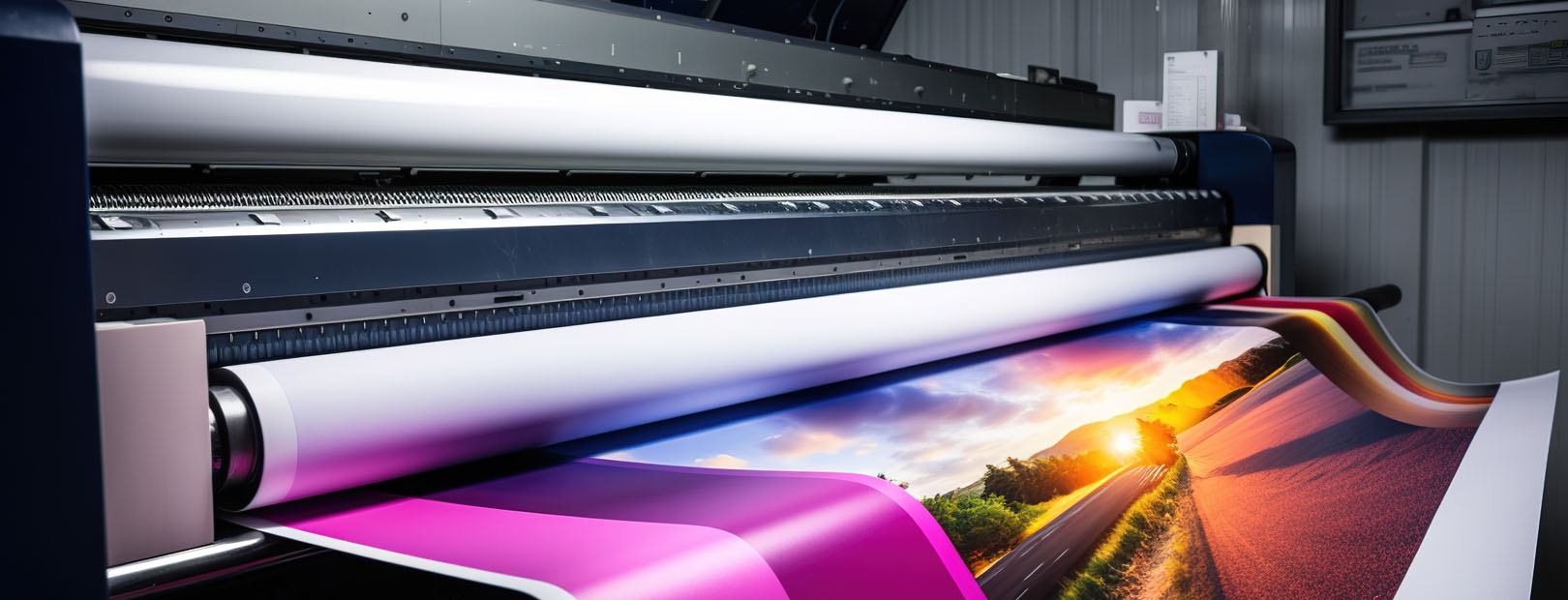

And there you have it—the fascinating journey from timber to minced wood mush, culminating in pearly-white printing paper! We hope this blog has shed some light on the paper-making process and why the final product tends to be white.
But what about kraft and recycled paper? What sets them apart, and how are they made? We've explored the ins-and-outs of making Kraft paper too, so why not head over there?
If you're keen to learn more about the vast array of paper types offered here at Aura Print, we can't wait to tell you all about it! What's more, if you want to explore our full range of printed products, from fully customisable business cards to perfectly branded flyers, feel free to have a shop around or contact our team today!

 USA
USA FR
FR
